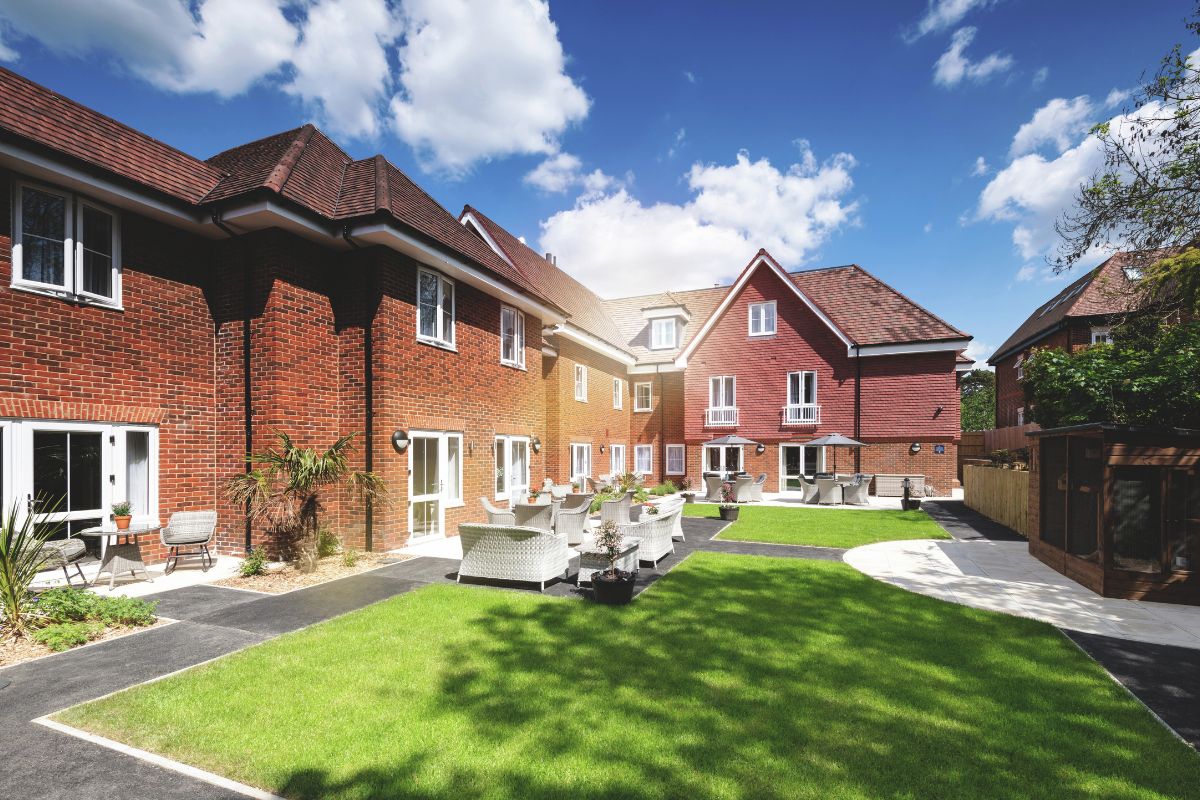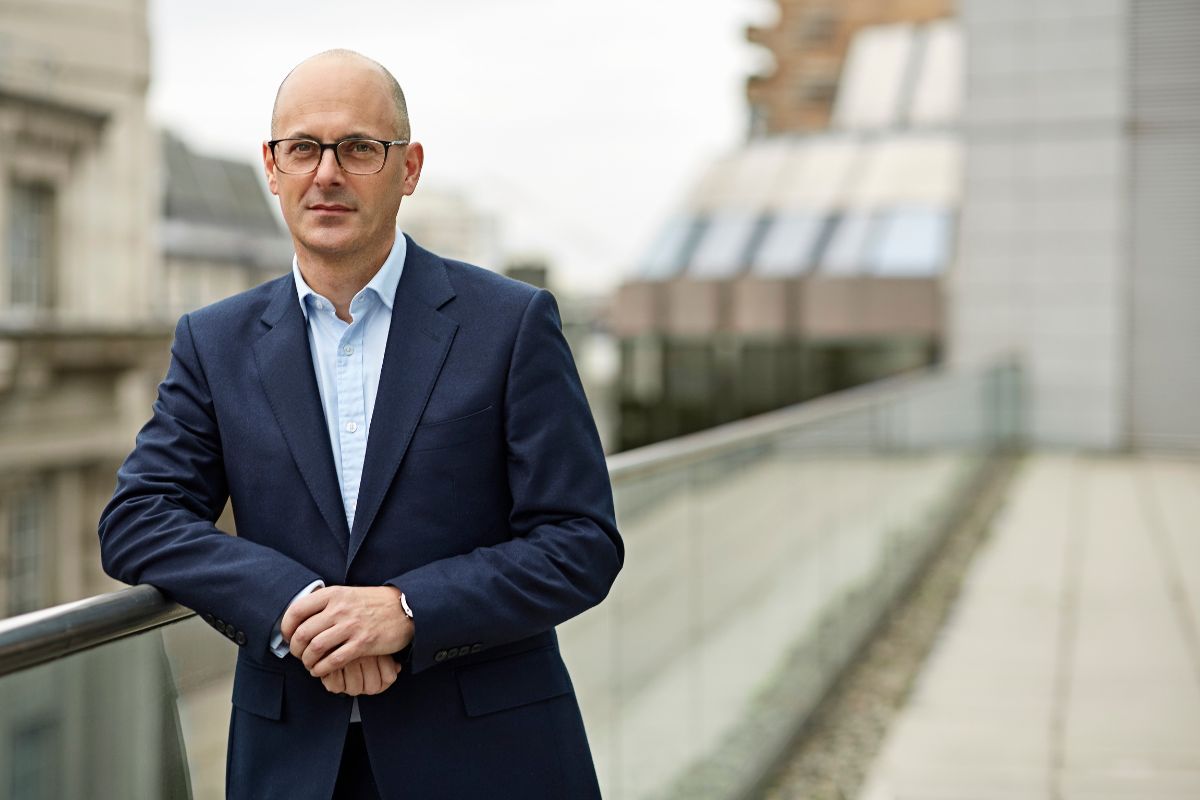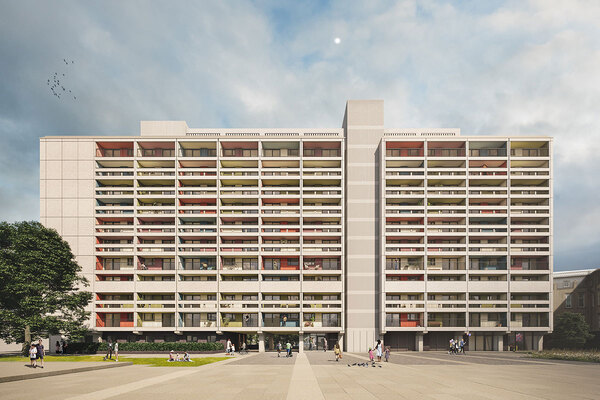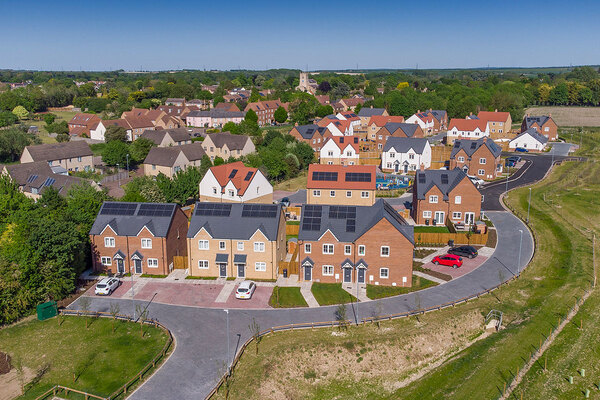Future-proofing care: The path to zero-carbon care homes
The care home sector in the UK faces a pressing dual challenge: meeting the ever-growing demand for high-quality care for an ageing population while simultaneously reducing its contribution to the nation’s carbon footprint.
Addressing both challenges is crucial for a sustainable future.
Building care homes that are "fit for the future" involves prioritising ESG initiatives alongside the well-being of residents.
But what makes this mission critical in today’s world?
The critical need for sustainable, high-quality care homes
As the UK’s population ages, needs evolve as life expectancy increases, causing the demand for high-quality care homes to skyrocket.
At the same time, the care home sector is responsible for significant carbon emissions.
Looking at figures from our own care homes, the annual carbon impact is, on average, around 100 tonnes. If this figure were replicated for all care homes, the annual total carbon impact of the UK’s residential care homes could be close to 1.5 million tonnes.
Considering these emissions and the growing climate crisis immediate action is needed to develop sustainable care home solutions.
Setting ambitious goals for net zero emissions
To address these challenges, we have set ambitious goals to achieve net zero carbon emissions by 2030 for all new developments and 2040 for existing care homes.
This approach aligns with responsible environmental stewardship and can also position us to deliver strong, long-term value for investors.
However, achieving this ambitious goal is not without challenges.
The challenges of the zero-carbon approach
Transitioning to net zero care homes is a complex undertaking with several unique challenges.
One key area is overcoming delivery challenges related to reducing embodied carbon.
Timber frames, for example, offer a lower embodied carbon footprint compared to traditional concrete structures. However, they pose regulatory hurdles and require careful consideration of fire safety measures.
Additionally, planning and design constraints, such as limited site space, can make accommodating sustainable design changes like larger building footprints or innovative layouts difficult.
Another significant challenge is the need for a skilled workforce. The construction industry requires workers skilled in sustainable construction methods like timber framing, making upskilling crucial for the widespread adoption of these methods.
Material and supply chain issues add a further layer of complexity, with transportation emissions and the limited availability of sustainable materials like reclaimed bricks posing logistical challenges. Building a robust supply chain for these materials is essential for large-scale net zero development.
That said, navigating these obstacles has provided valuable lessons.
Lessons learned from net zero care home development
Our experience in designing a net zero care home has provided valuable insights that will shape that approach.
Comprehensive testing allows for early identification and mitigation of potential challenges. Early evaluation of planning constraints and potential design modifications helps minimise delays and ensure project feasibility.
Understanding procurement challenges allows for proactive solutions and stronger relationships with suppliers of sustainable materials.
And factoring in the carbon footprint associated with transporting materials is crucial for a complete understanding of a project’s environmental impact.
By learning from these experiences, we can refine our strategy.
However, beyond our own strategy, we know that sharing best practices and educating industry professionals about the journey to net zero is crucial in driving impactful progress.
Informing future approaches and best practices
To establish clear benchmarks for embodied and operational carbon emissions in future projects, we will use whole-life carbon assessments, guiding material selection and design choices.
We will also educate the market on the potential use of low-carbon building systems, shallow foundations, and timber frames where appropriate.
While all-electric systems typically have a higher embodied carbon footprint due to the materials involved, they offer significant operational carbon savings throughout the building’s lifespan.
Ensuring that sustainable design does not compromise resident well-being remains a priority. This is why engaging with local communities and fostering a person-centred care environment is integral to our approach.
Ultimately, our goal is to create a blueprint for the future.
Building care homes that are fit for the future
Developing net zero care homes is a complex but essential task that requires leadership, collaboration, and a commitment to innovation.
By sharing our experiences and lessons learned, we hope to inspire and empower others to collectively advance the widespread adoption of net zero care homes.
Implementing similar strategies and fostering open communication can help to accelerate progress towards a future with a sustainable, high-quality care home sector that meets the needs of our ageing population while protecting our planet for future generations.
Michael Toft is head of Care Homes at Octopus Real Estate




